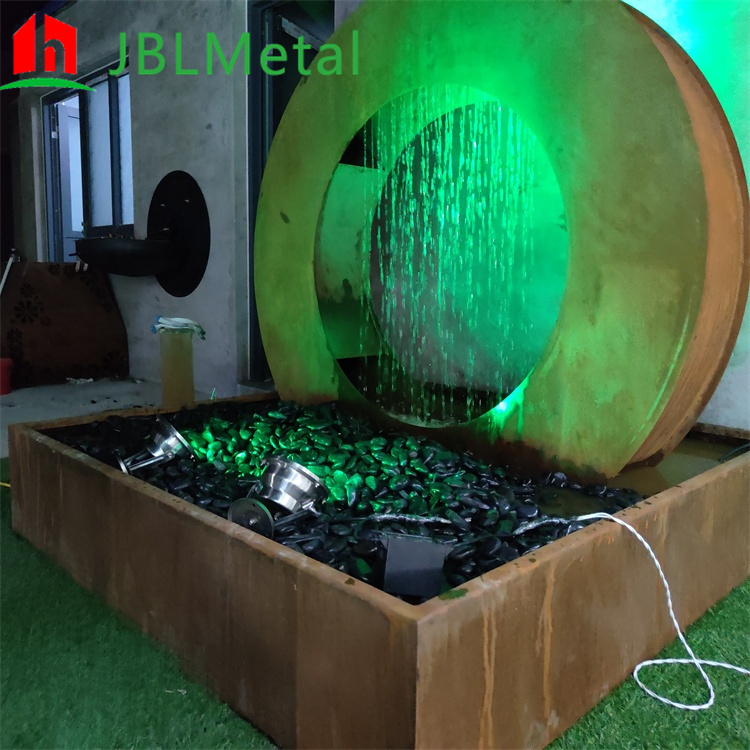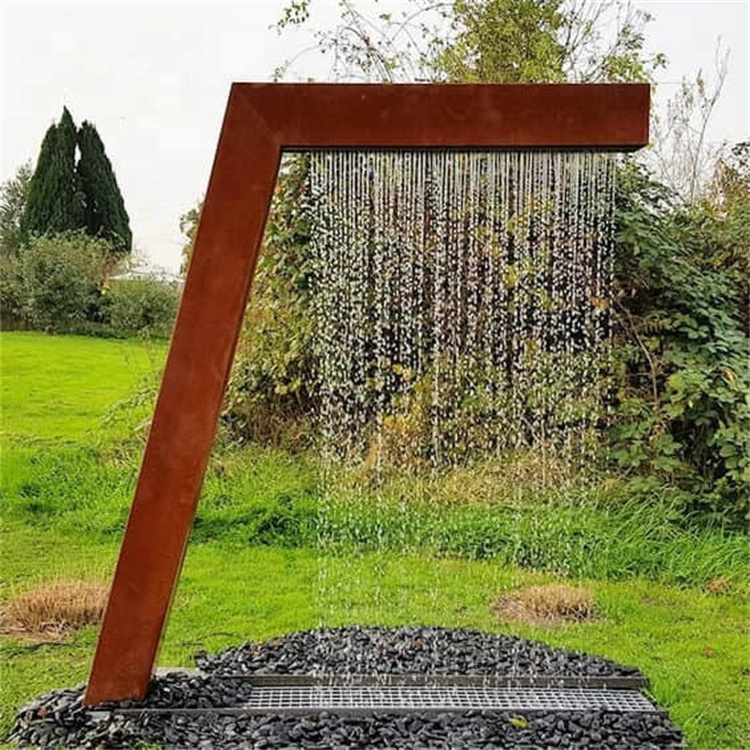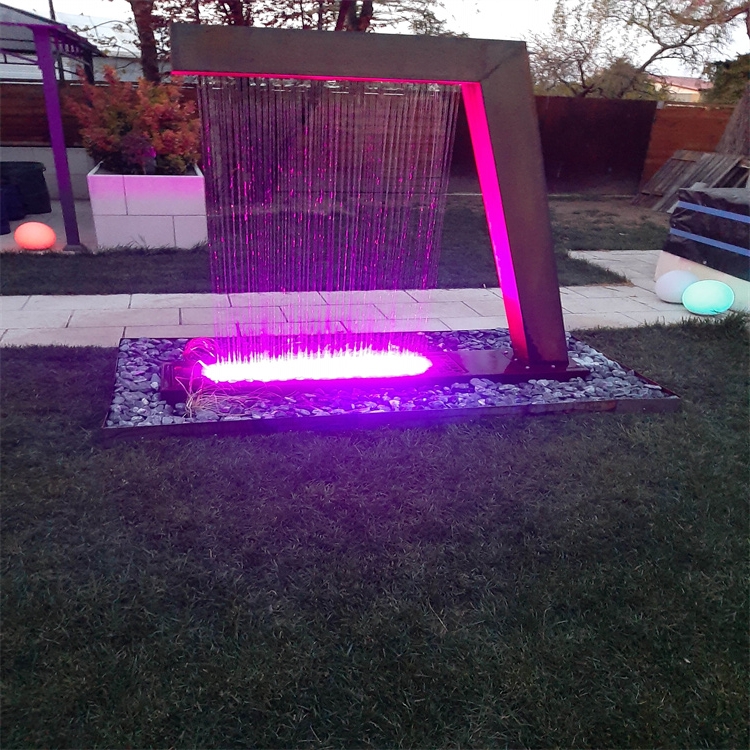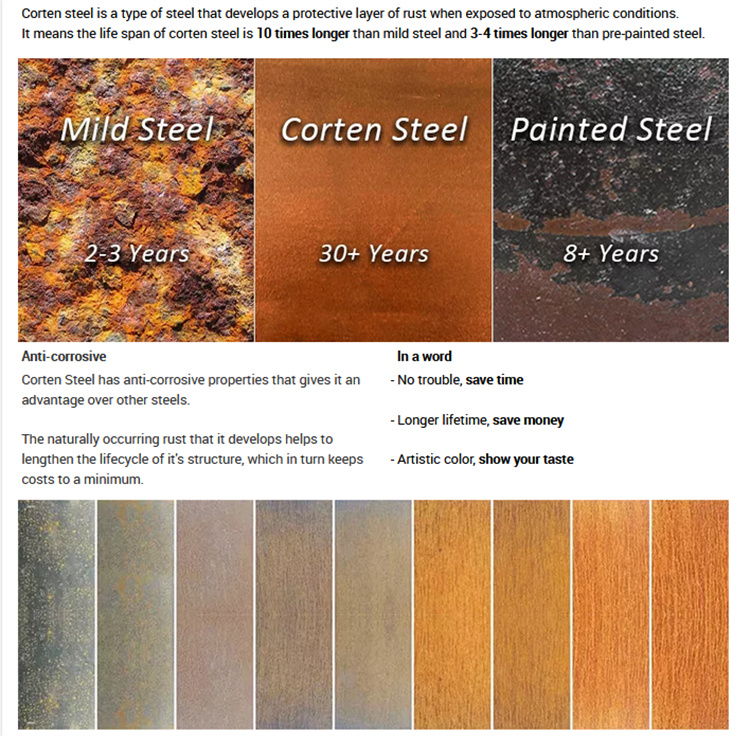Whether or not a commodity can succeed in market sales depends largely on its packaging. A good packaging design can not only protect the interior product well, but it can also attract the attention of potential consumers and achieve the effect of promotional products. Good packaging design depends on exquisite packaging and decorating, and of course, it needs to use appropriate printing inks to express.
First of all, the color of the printing ink presents a direct impact on the consumer's overall impression of the product. Secondly, the printing ink also needs to have a good stability, which can ensure that the finished product is in good condition throughout the product life cycle after the printed packaging product undergoes special requirements for processing, transportation, and storage. In addition, some products may also require long-term sales and displays outdoors, so we have to consider two important properties of printing inks – lightfastness and weatherability.
Ink resistance and weather resistance
1. Lightfastness
Lightfastness refers to the resistance of printed materials to sunlight under the influence of other climatic conditions, and is generally expressed in terms of lightfastness. Lightfastness is the use of a photometric tester (high pressure xenon lamp) and a dedicated filter to simulate the spectral light of sunlight and atmospheric radiation, and to test the standard printed sample that specifies the thickness of the ink layer and the brightness of the color. Can refer to the German DIN16525 industry standard, using 1 to 8 light-resistant ladder and gray scale evaluation.
2. Weather resistance
Weatherability refers to the resistance of printed materials to radiation and climate (wet/rain, ozone, exhaust, etc.).
In principle, materials composed of organic materials will undergo modification and modification under long-term sunlight exposure and climate conditions. For example, polyethylene plastics will decompose and become brittle under long-term illumination, and their appearance and physical properties will gradually deteriorate. . Printing inks can also undergo such physical changes. The most obvious problem is ink discoloration. If you have visited the agricultural resources market, you will easily find these problems. There are boxes and bags filled with fertilizer, feed, seeds and other agricultural means of production. From there these are covered with moss and even moldy. Boxes and bags can be seen that they have been stored in such an environment for a long time. The inks printed on these boxes and bags will have to withstand and overcome the influence of these complex environments and keep the original bright colors as long as possible. From the following influencing factors, we can see that it is not easy to fully meet these requirements.
Factors that cause the ink to change
The time required for “visible†changes in printing inks is affected by the following factors: the composition of the ink, the suitability of the material, the physical and chemical properties of the package contents, and the post-press packaging processing and storage and transportation conditions.
Take chemical fertilizer packaging as an example below to analyze the influence of these four factors on printing inks.
1. Effect of ink composition
For packaging prints, the colorfastness of ink colorants is one of the important manifestations of their lightfastness and weatherability. According to the difference in lightfastness, the organic colorant can be divided into 8 levels (1 weak) to 8 (strong). This is obtained by testing a standard printing sample and is a basic index of the color material. These data are very helpful for understanding the resistance of the package. Organic pigments are prone to chemical changes under the influence of light, that is, over time, the printing ink will gradually lose its original luster. However, merely using lightfastness to express lightfastness is not very careful.
The degree of "visible" change in hue of the colorant during a relatively short exposure time depends primarily on the lightfastness of the colorant. For example, with a color grade (yellow-red) with a lightfastness rating of 6, this standard of colorfastness with good lightfastness occurs after outdoor exposure for 160 days (the same average daily exposure). obvious changes. Tests have shown that the lightfastness performance increases nearly one time for every additional level of lightfastness.
In addition to the role of light, the climate is also another major influencing factor for the "visible" change in printed matter. Therefore, when selecting the printing ink colorant for fertilizer packaging, not only its lightfastness should be considered, but also its weatherability should be tested. The general climate has obvious seasonal differences. The same standard can maintain about 160 days under the conditions of the annual average climate, and it will fall to 50 days under the midsummer climate.
In packaging printing, spot colors are often used. The general spot color is formed by mixing several different color materials in proportion. Usually, the color material with the lowest light resistance in the components determines the stability of the ink. Therefore, the preparation of spot colors is not only a simple mix of several desired colorants, but also the lightfastness of various colorants.
Taking yellow colorants as an example, if a color material with a light fastness of 6 or less is mixed, the ink cannot adapt to outdoor weather conditions at all. So, when choosing ink, if you ignore these problems, you may temporarily reduce some costs, but soon you will experience the trouble it brings.
2. Influence of material suitability
The lightfastness of the printing ink layer generally increases as the volume concentration of the colorant increases. For a constant concentration of ink layer, this relationship can be intuitively understood that the change of the colorant is always “from the surface to the insideâ€, that is, it always starts to change at the surface where the light and the ink layer meet. When the ink layer reaches a certain depth, the concentration of the color material is relatively higher than that of the surface layer. Therefore, the change of the ink layer color needs to be gradually “visibly†after accumulation for a relatively long period of time.
The addition of a large amount of additives to the ink will reduce the lightfastness of the ink by 1 to 2 levels, thereby reducing the “visual†change in the color of the printed image by half or even more.
Due to technical reasons, the color of printed matter is mostly achieved using three primary colors for overprinting. For example, the PMS1795C color is obtained by superimposing magenta ink on yellow ink, and the ink thickness of the top magenta ink and the volume concentration of the color material are lower than the yellow ink of the bottom layer. However, this colorant can also be achieved by the deployment of spot colors. The two different structures of the pigments will exhibit significantly different resistances under the same light and weather conditions. Light and weather first act on the surface of the ink film, and gradually act on the entire ink layer from surface to surface. For spot colors, the magenta and yellow materials are mixed evenly. Under the action of light and weather, the red and yellow materials change at the same time, the overall hue changes little, and the offset is small. For the overprinting color, the magenta material will change before the yellow material is affected by the light and the climate, so that the overall hue of the printed material will shift toward the yellow. It can be seen that the spot color printing effect will be better for outdoor display product packaging with higher decoration requirements.
In addition to the influence of the printing method, corona pretreatment of polyethylene plastics will also have a profound effect on the resistance of the packaging, in particular on the moisture resistance of the packaging. For example, if the corona-treated polyethylene film has a (3.0-4.2)×10-2N/mm polyethylene film with good ink absorption and moisture resistance, the corona treatment not only improves the printability of the film, but also improves The resistance of packaging printing, and can be processed online during printing, is simple and easy.
3. The physical and chemical properties of the contents of the package
The composition of the contents of the package has a great influence on the stability of the printing ink, especially as fertilizer packaging. Fertilizers usually contain a large amount of urea additives. In the voids of the bag, urea will be mixed with air and water to form aggregates. These aggregates can dissolve some components of the ink and cause discoloration of the printing ink and decrease of gloss. Such phenomena. In addition, it also causes the blue material (copper indigo blue) to fade. This normally very stable pigment also undergoes oxidative decomposition under the influence of light and moisture, gradually turning into a purple color until it completely fades.
4. Influence of packaging and post-press processing and storage and transportation conditions
Some of the factors listed above have limited impact on the packaging and decoration of printed products, but the storage, transportation and other processes experienced during the sale of products are more affected. Fertilizers need to be stored in bags for a long period of time before use, and are often exposed to the open air for a long period of time without any protective measures, resulting in the discoloration of the portions of the packages that are in direct contact with the light on the outer surface. During storage, although the protective upper surface can be covered, the side walls are not well protected, and these parts often print more pictures (mostly color graphics and halftone images) to attract consumers. The correct method is to add UV stabilizers to the packaging materials in weak protection areas. For example, when using stretched polyethylene film as the outer layer film of packaging products, adding UV stabilizers can improve the light resistance of the packaging and extend the plastic film. The service life. Of course, it is also possible to apply a white pigment to the film to increase the reflection of ultraviolet light, thereby reducing the radiation to which the package is exposed.
Conclusion
The printing ink used in the printing of outdoor packaging must have good stability. Even if we consider all the factors that may affect its resistance and minimize its impact, its resistance is limited. In order to give full play to the resistance of the package, we can do the following.
(1) Select the appropriate printing ink color material;
(2) In the areas where the packaging is relatively weak in the resistance of the packaging, the distribution of packaging and decoration and graphic and graphic design are reasonably designed;
(3) In outdoor storage products, the packaging should use suitable outer layer materials to effectively reduce the influence of light and environmental factors on the packaging and decorating effect.
There are many factors that affect the stability of packaging, decoration, and printing products. It involves all aspects, which requires all relevant departments (including packaging and decoration designers, printing ink manufacturers, and packaging product distributors) to make joint efforts to fully understand the discoloration and discoloration of packaging and decoration products. The reasons or influencing factors, finding the best method for decorating and printing protection, ensuring the purpose of product design, so that customers can always be attracted by the bright, glossy decorating printing patterns, so that customers always buy the best packaging products Packaging and decorating effect.
Reprinted from: Printing Technology
Water Curtain fountains generally include a bottom reservoir, a complete set of Water Feature fountain equipment (including: Pump, overflow gutter, water filler, power supply device, line spring conduction plate and underwater lighting) as well as a water tank located at the top, his application direction is more extensive, exhibition hall, exhibition hall, urban planning museum, science and technology museum, museum, commercial street big screen display, and stage, KTV bar, and living room can be used. Water plays a significant role in improving the living quality. Outdoor Fountains,Appropriate waterscape structure can enrich the space environment and adjust the environmental climate to enhance the comfort of living. At the same time, water is the most spiritual and active factor in the ecological environment. The organic integration of water, green plants and sculpture works will make people feel back to nature. In addition, Outdoor Fountains a large area of water can absorb dust in the air and play a role in purifying the air, which is of great benefit to the health of residents. There is a saying that water is gold, with the water curtain will only be the icing on the cake, in the road of business to go more stable, further.
| Name |
Corten Steel Garden Water Feature |
| Material | Corten steel |
| Size | 1200*400*1200mm or customized |
|
Surface |
Pre-rusted |
|
Technology |
Laser cut |
|
Application |
Outdoor |
| Steel thickness | 2 mm |
| Packing |
Pallet |

Features:
1. Corten steel – forms a stable, self-protecting rust that requires no painting or maintenance, for a fashionable aesthetic which doesn't compromise structural strength
2. Cascading blade - emits a pleasing sheet of water3. White LED light - built into the cascade, illuminates the feature
4. Suitable for outdoor use
5. Self contained - no need for a continuous water supply




Water Fountain,Outdoor Fountains,Outdoor Fountains,Waterfall Fountain
Henan Jinbailai Industrial Co.,Ltd , https://www.jblbbqgrill.com